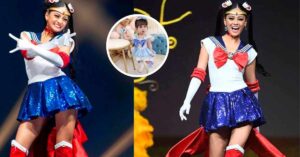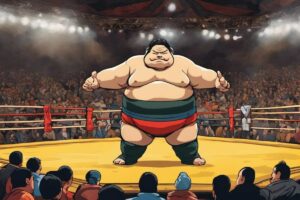Anime has become a well-loved style of animation that originated in Japan and now enjoys a broad global following.
It boasts an exclusive artistic flair, vibrant characters, and sometimes unconventional storylines and themes that add to its appeal.
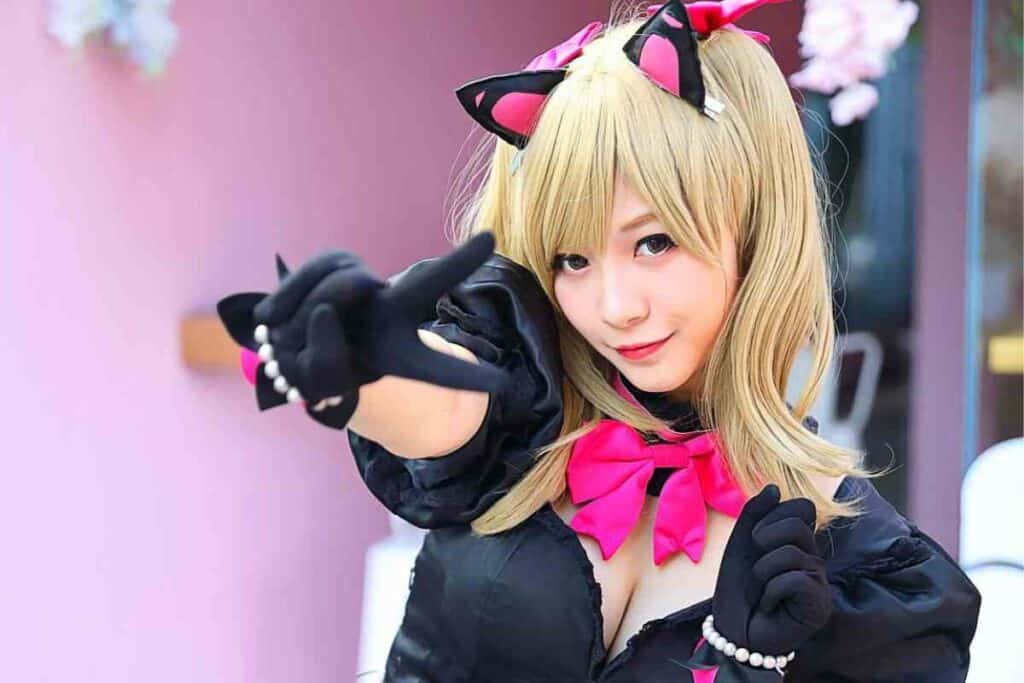
Nevertheless, individuals who have yet to immerse themselves in the anime world tend to view it as strange.
Yes, some anime features eccentric aliens and extraordinary narratives, but is that what truly characterizes anime as weird?
Table of Contents
What Is The Point Of Anime?
Anime, which is Japanese animation, is an art form that has been popular for many years and can be enjoyed by people of all ages.
It is mainly created for entertainment purposes but can also serve as a medium of expression for its creators to explore unconventional ideas and themes that may not be suitable for live-action films or television shows.
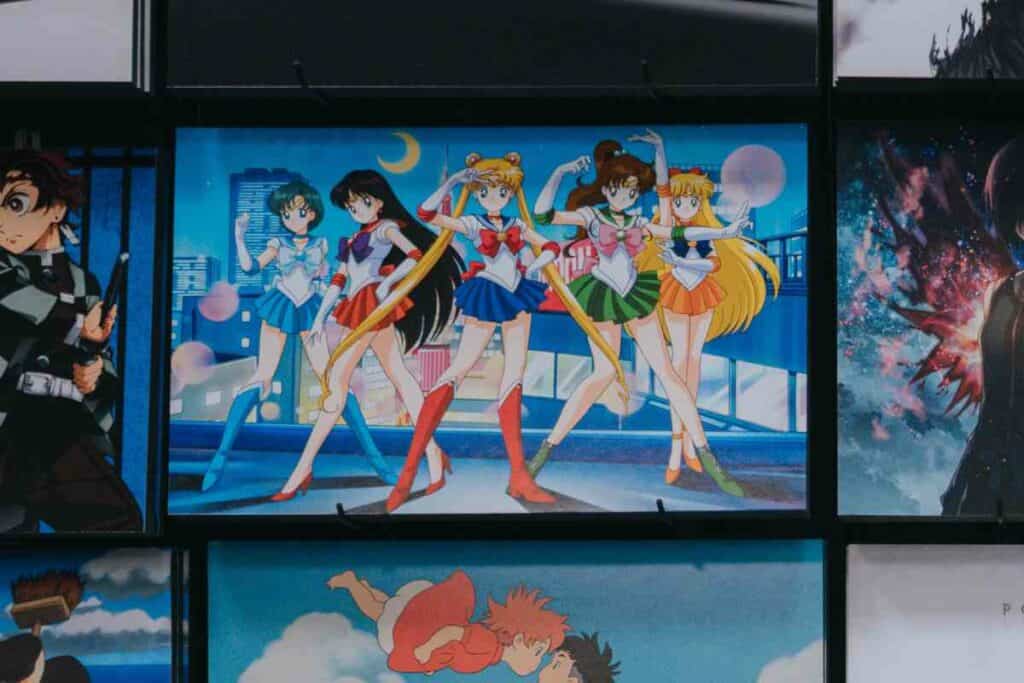
Some examples include exploring fantasy worlds, depicting complicated relationships among characters, or conveying powerful messages about society.
Anime can serve two purposes:
- Entertain viewers
- Inspire artistic expression
Viewers get to explore diverse topics and cultures while connecting with like-minded individuals.
Ultimately, anime acts as a way for self-expression.
Why Is Anime So Weird
Many consider anime to be strange, and for good reason.
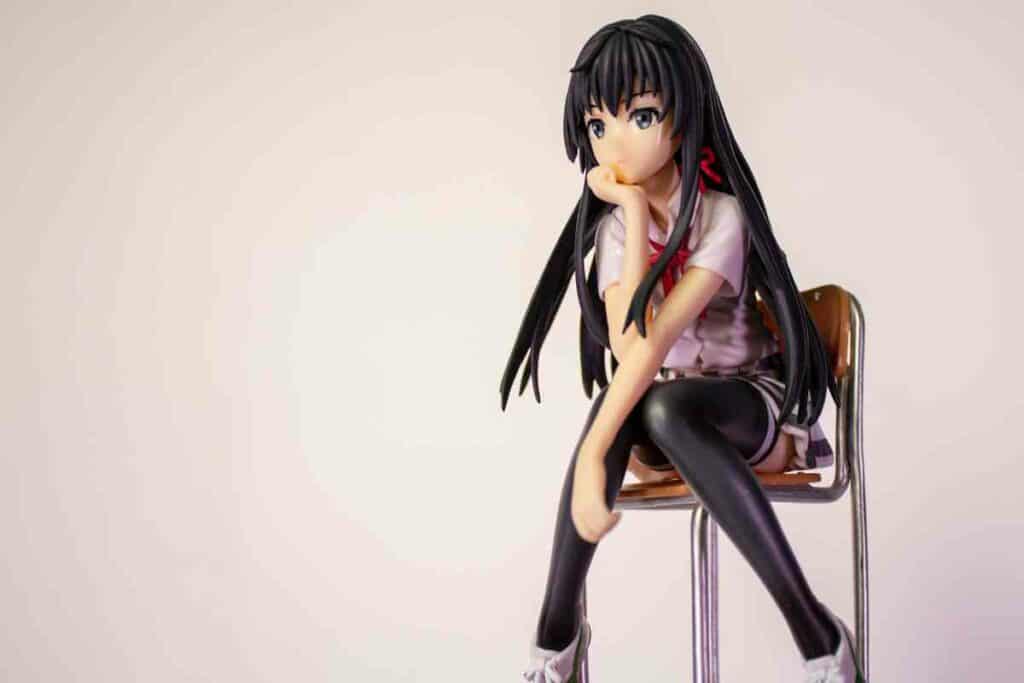
Here are some reasons why anime may seem strange to some people.
1. Cultural Differences
Due to cultural differences between Japan (where anime was created), and other countries, some viewers might find anime odd or strange.
Japan’s rich cultural and historical heritage has greatly influenced its entertainment and art industries.
It is possible for elements of anime to look strange or confusing to people unfamiliar with Japanese culture due to cultural differences between Japan and the rest of the world.
For example, anime can often include themes or depictions which are considered offensive or inappropriate in some cultures like violence or sexual content.
On the contrary, Japan accepts and even expects these elements in media content.
Anime often features character archetypes or visual styles unique to Japanese culture that may seem strange or unfamiliar to viewers from other regions of the globe.
These cultural distinctions contribute to anime’s unique appeal, providing some viewers with a source of fascination and appeal.
Read Next ?
- How Does Anime Make Money?
- What Is a Weeb? (You Might Be One)
2. Creative Freedom
Anime, like any form of creative expression, allows artists to tap into their imaginations and push boundaries in storytelling, character design, and worldbuilding.
While this freedom may seem strange or unconventional to those outside the medium, anime allows artists and creators to fully express themselves creatively.
Animation often expresses its creative freedom through the use of unique and imaginative settings such as post-apocalyptic worlds, alternate universes, or futuristic societies.
These settings permit the exploration of themes and ideas not possible in other media forms like live-action films or television.
Another way anime expresses creative freedom is through its visual style and character designs.
While some viewers may find these features strange or cartoonish, they serve to convey emotion and personality in characters while contributing to the overall storytelling and atmosphere of an anime.
3. Niche Appeals
Popular anime series often depict fantastical scenarios that usually do not take place in reality.
These could include:
- Supernatural powers
- Time travel
- Robots
- Talking animals
These events strive to excite viewers by infusing elements of fantasy and science fiction into their tales.
Westerners may find it challenging to comprehend what is going on in a show due to these elements, making it appear strange or bizarre.
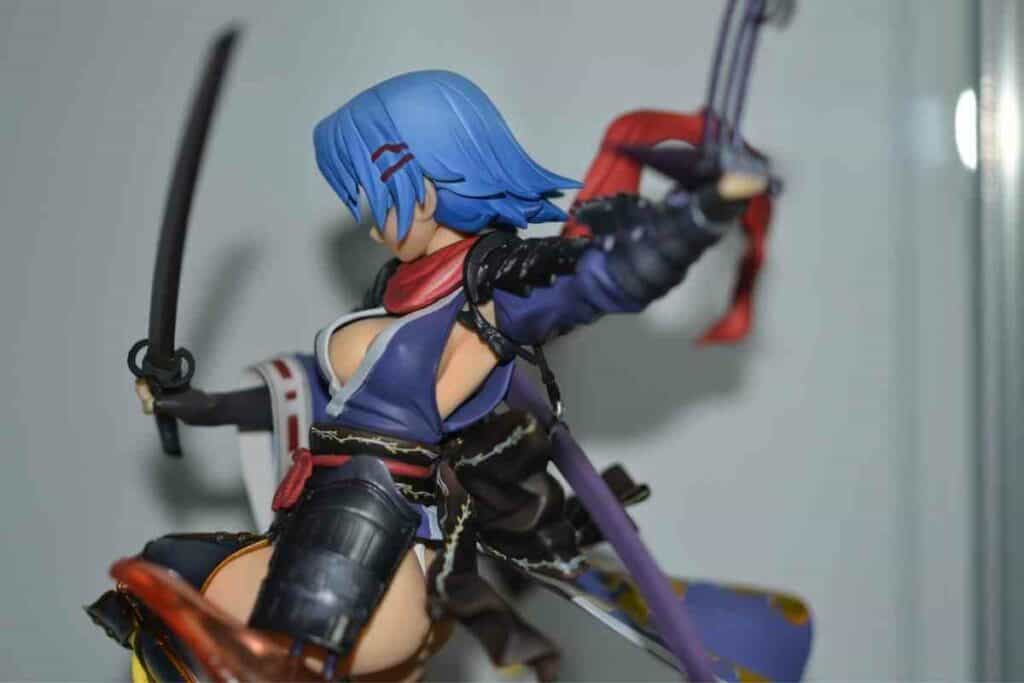
Read Next ?
4. Adaptation
Anime takes a story from another medium, like manga or light novels, and turns it into an animated form.
Some viewers may find these interpretations of the original source material to be highly disconcerting.
One obvious illustration of this is when characters appear differently between manga and anime versions.
Other elements of anime adaptation can further add to its surreal nature, such as over-the-top sound effects and exaggerated facial expressions.
Why Is Anime Not Realistic?
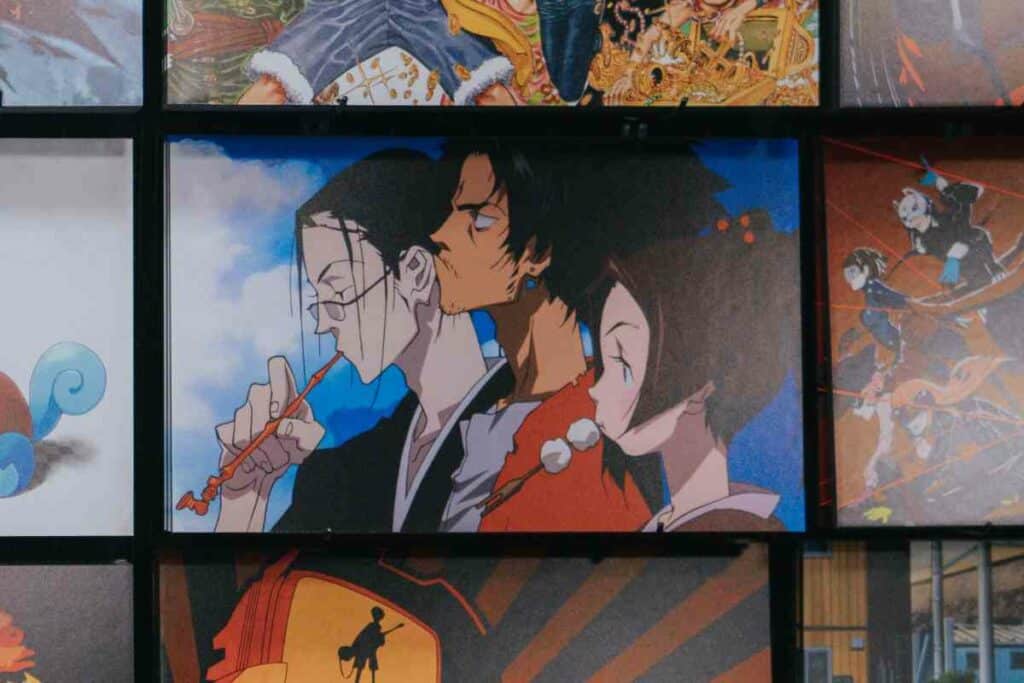
Anime stands apart from reality due to:
- Exaggerated plotlines
- Characters
- Settings
- Art style
Animation often delves deeper into philosophical themes than we encounter in real life, offering captivating moments and fantastical scenarios which would be impossible to recreate in reality.
On-screen, people often exhibit exaggerated facial expressions, eye movements, and other body languages that cannot be replicated in real life.
In short, anime creates an alternate universe with its own set of rules where almost anything is possible – something that cannot be replicated in everyday life.
Stories on television offer viewers an escape from reality into a realm of fantasy and adventure.
We can discover new worlds without ever leaving the comfort of our own homes.
What Is Cringe In Anime?
Cringe in anime can be difficult to define, as it means different things to different people.
Some viewers may find a character’s outfit or hairstyle offensive or uncool.
Others might find certain interactions between characters uncomfortable to observe.
Some of the most irritating tropes and cliches come from overused concepts, such as the tsundere archetype or ‘loser’ characters who are constantly outwitted by others.
Cringe in anime often stems from a combination of these elements, with some viewers finding certain scenes or concepts incredibly awkward or even painful to watch.
Why Is Anime So Addictive?
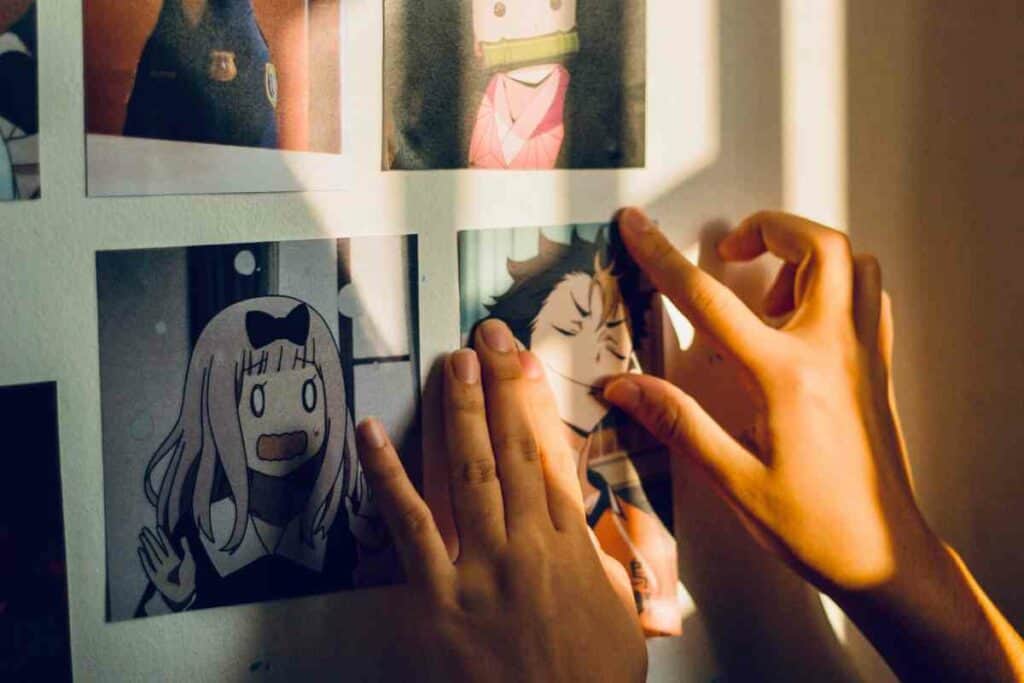
Anime can be highly addictive due to its captivating narratives, captivating characters, and immersive worlds.
Here are some reasons why anime has such a dedicated following.
Emotional Connection to Characters
Anime often features well-crafted and relatable characters that viewers become emotionally invested in.
This connection makes it hard for viewers to stop watching, often leaving them wanting more.
Escapism
Many anime series offer relatable and well-written characters for viewers to connect to.
It’s often impossible for viewers not to become hooked, leaving them eagerly awaiting more episodes.
Also Read ?
Community
The anime fandom offers viewers a vibrant community that encourages feelings of belonging.
Online chat rooms allow viewers to express their opinions and ideas freely, which can be especially rewarding for those experiencing loneliness in real life.
In Conclusion
Animations give creators freedom of expression artistically, without being judged or ridiculed.
Although anime can often feature bizarre characters and stories, many viewers love classics like Pokemon and Sailor Moon because of their timeless appeal.
- The Forbidden Japanese Island That Will Give You Nightmares
- Miss Japan Forced to Wear Sailor Moon Costume Since Childhood: Claims It’s the Secret to Her Success
- Essential Guide to Japan VPN: Secure Access and Privacy for Travelers
- Sumo Wrestler Suit for Adults by TOLOCO: Best Sumo Suit?
- Eki Stamp Book (Gotta Collect Them All!)
- Explore the Fascinating World of Japanese Rubik’s Cubes


